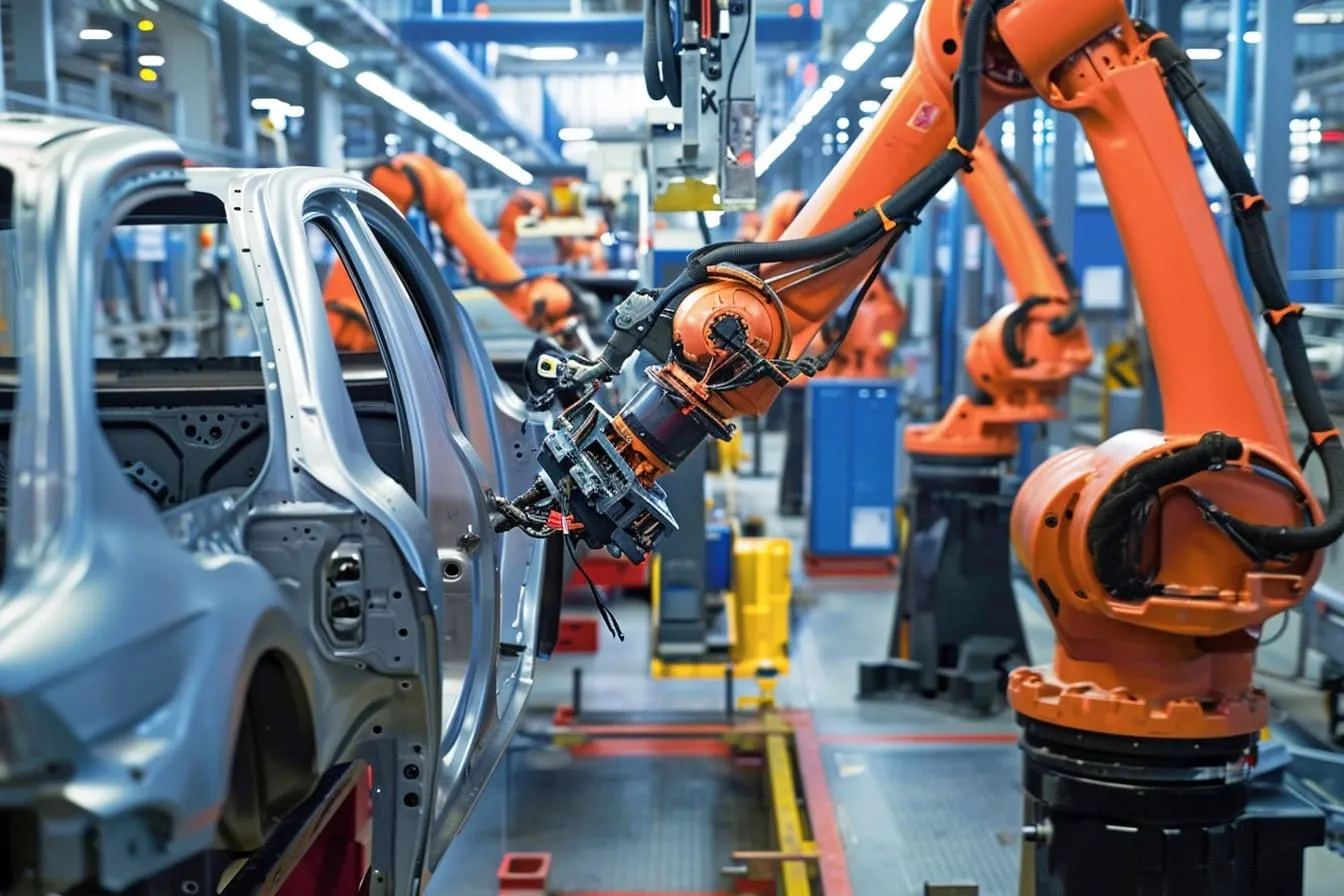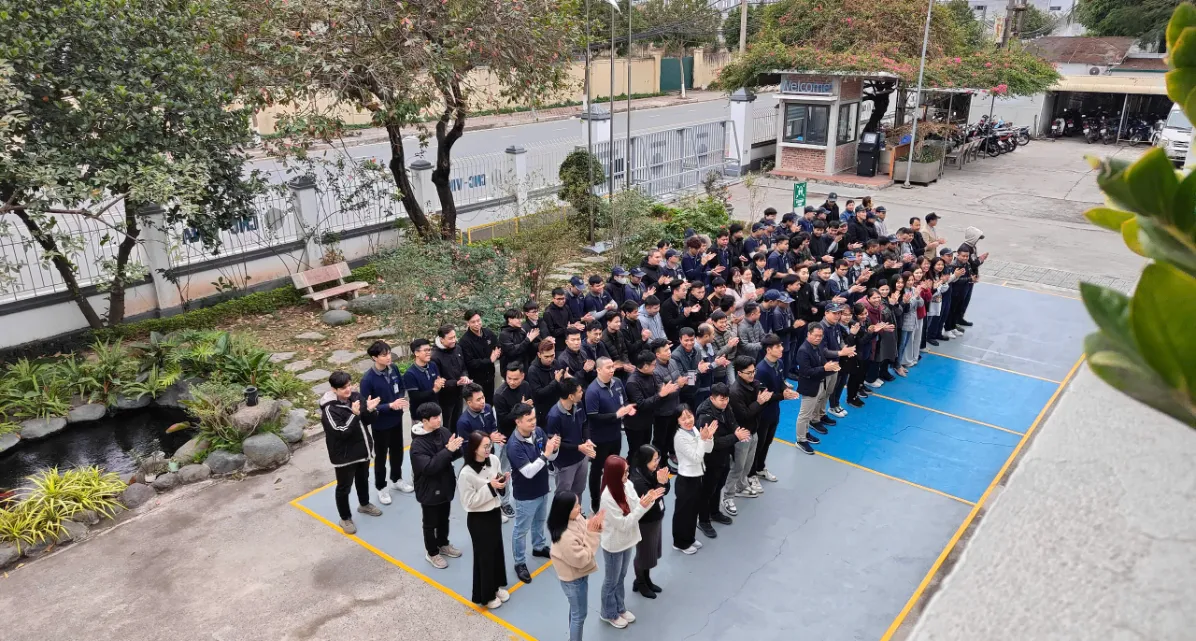Nowadays, powder coating is widely used and preferred in the market for coating metal surfaces of products. Thanks to its durability, resistance to oxidation, and eco-friendliness, powder coating has become increasingly popular.
So, what exactly is powder coating, and what are its characteristics, working principles, and advantages? Let's PWP Solution answer all your questions in the article below!
Electrostatic powder coating is a type of coating material made from organic powder compounds or thermoplastics. This coating method operates based on electromagnetic principles, where the positively charged powder adheres tightly to the negatively charged surface of the product, creating a durable coating layer.
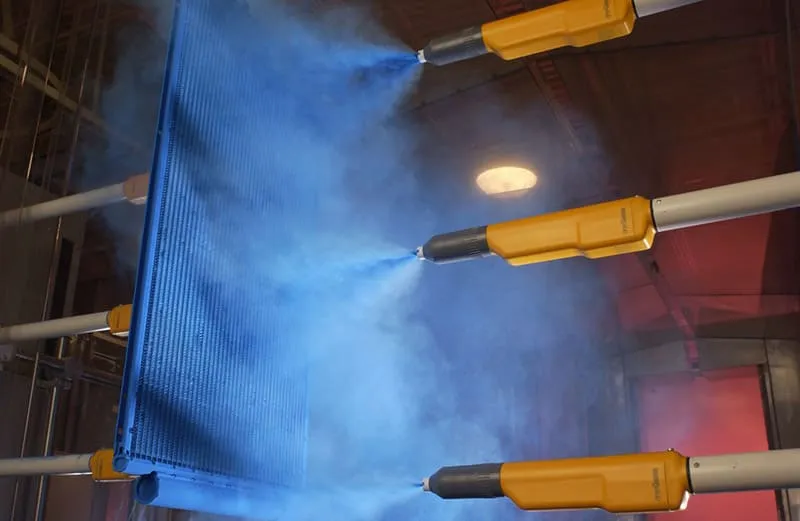
To apply powder coating to a product's surface, a specialized tool called a spray gun is used. Initially, the powder passes through the spray gun, where it is heated at the nozzle and gains a positive charge. It then continues through the nozzle and moves toward the negatively charged workpiece under the influence of an electric field.
Due to the attraction between opposite charges, the powder gradually adheres to the workpiece, even covering hidden areas. This process forms a stable coating layer that protects the product from external factors.
Thanks to its superior properties, electrostatic powder coating is increasingly used in mechanical processing. Below are the main advantages that set it apart from traditional coating methods:
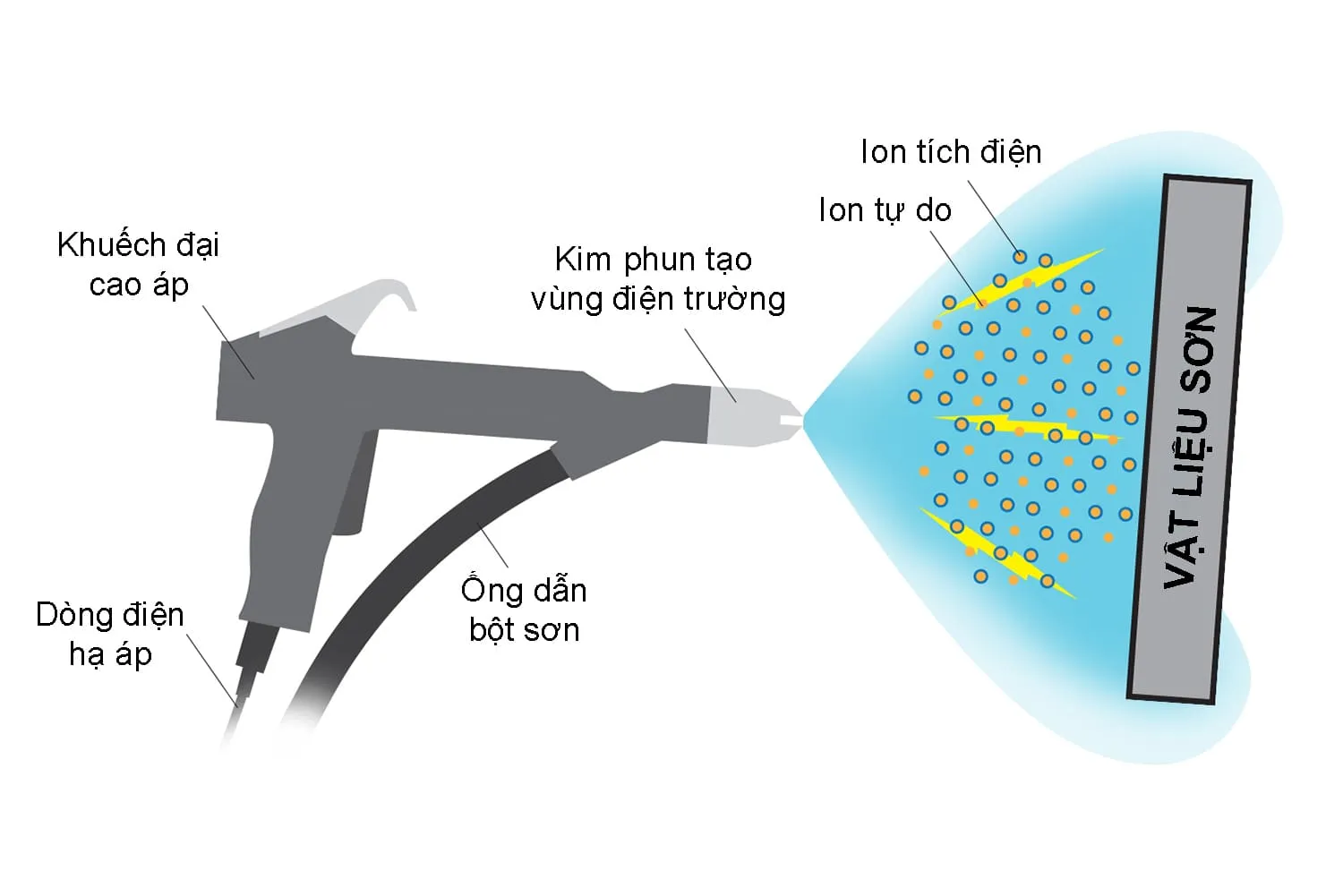
To apply powder coating to a product's surface, a specialized tool called a spray gun is used. Initially, the powder passes through the spray gun, where it is heated at the nozzle and gains a positive charge. It then continues through the nozzle and moves toward the negatively charged workpiece under the influence of an electric field.
Due to the attraction between opposite charges, the powder gradually adheres to the workpiece, even covering hidden areas. This process forms a stable coating layer that protects the product from external factors.
Important note for operators:
The coated material must be heated to a high temperature to prevent the powder from drying before it adheres to the surface. Therefore, powder-coated products are typically made of metal and must withstand high temperatures.
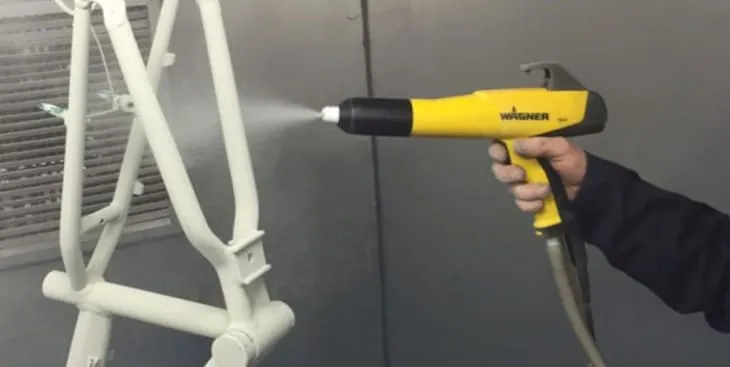
The electrostatic powder coating process follows these steps:
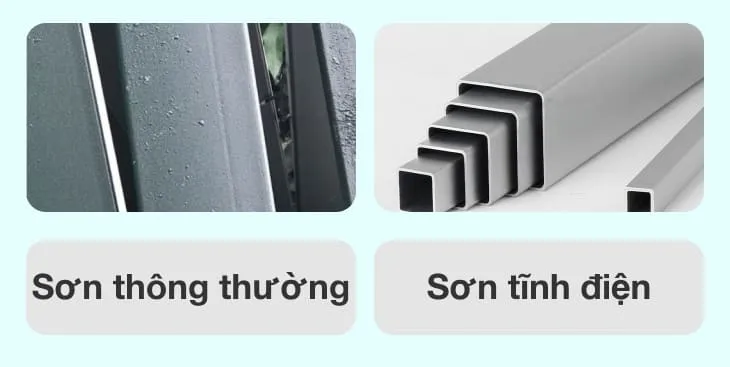
Thanks to its superior properties, electrostatic powder coating is increasingly used in mechanical processing. Below are the main advantages that set it apart from traditional coating methods:
Electrostatic powder coating is an advanced technology that provides high durability, corrosion resistance, and excellent aesthetics. With a closed-loop coating process, this method optimizes material usage and minimizes environmental impact. Thanks to its strong adhesion and long-lasting color retention, powder coating is widely applied in both industrial and consumer applications.
Choosing electrostatic powder coating not only enhances product quality but also contributes to environmental protection. In the future, this technology is expected to continue evolving, offering even more efficient coating solutions. If you're considering powder coating for your products, contact PWP Solution for expert advice.
With over 10 years of experience in automated painting systems, PWP Solution is a trusted partner for major clients such as FORD, YAMAHA, VINFAST, and HYUNDAI. In addition to supplying and installing equipment, we provide optimized design and manufacturing solutions, ensuring long-term operational stability.
Our commitment to delivering high-quality solutions ensures smooth, reliable production processes, reflecting our dedication to bringing the best products to our customers.
